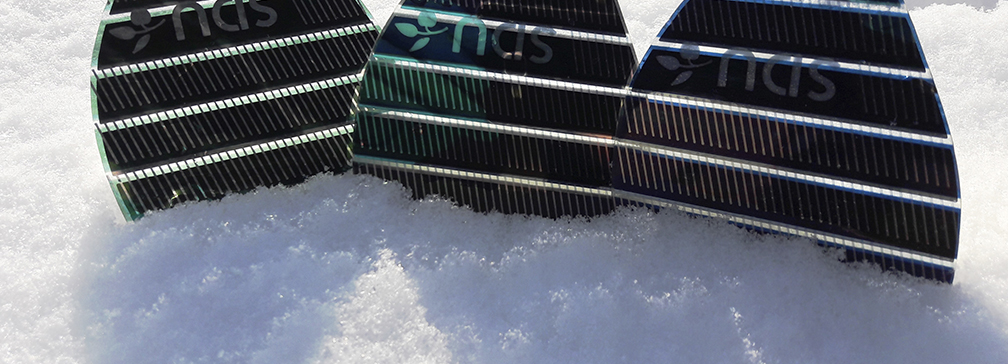
Breakthrough for organic solar cells
Researchers from the University of Southern Denmark (SDU) in Sønderborg have achieved breakthrough within organic solar cells. They have succeeded in prolonging the lifetime of organic solar cells – a crucial point if organic solar cells are to compete with conventional silicon solar cells.
By Sune Holst, suneholst@mci.sdu.dk
Organic solar cells possess several advantages compared to conventional silicon solar cells – they are cheaper to manufacture, more eco-friendly, flexible and transparent. The problem is that organic solar cells still lack behind when it comes to efficiency and durability. However, new research results are about to eliminate such challenges.
In August 2018, researchers from Nankai University succeeded in converting 17.3% of solar energy into electricity which by several lengths broke the former record of 14%. Back then, the researchers said that the potential of organic solar cells had been underestimated and that some day solar cells might outperform conventional solar cells – if only the lifetime and durability challenges of the organic solar cells could be solved. Briefly described they should be more robust.Managing severe stress test
Now, researchers from SDU Sønderborg have taken an important step in solving exactly this problem. In a new article published in the recognised scientific journal ’ACS Applied Energy Materials’, researchers conclude that, by means of a new type of contact layer, organic solar cells will have the ability to significantly prolong their lifetime.
Morten Madsen, Associate Professor at the Mads Clausen Institute at SDU, is heading the OPV research group counting nine researchers and several students, and he explains that a ten-days’ stress test shows that organic solar cells covered by the new contact layer to a large extend managed to maintain their performance - a clear improvement compared to solar reference cells without the new contact layer.
”It is a matter of trial and error, and when first you have found the right formula, it is easy to repeat.
Known method, but new application
Morten Madsen and his research team have achieved the ground-breaking result by means of sputtering. The term ‘sputtering’ is derived from ’sputter’ and covers the vaporisation of a material surface during particle bombardment. By bombarding a surface with ions, molecules and atoms will be ‘sputtered’ out of the material. The effects were discovered back in 1853 by the British physicist William Robert Grove.
- It is an unconventional method for such contact layers in solar cells, but it has proven to be very useful when it comes to prolonging their lifetime, Morten Madsen says.
He further says that researchers from the OPV research team have discovered that it is highly effective to add extra oxygen to the oxide, resulting in an ultra-thin metal oxide layer coating the organic solar cell.
- It is a matter of trial and error, and when first you have found the right formula, it is easy to repeat.
Postdoc Mehrad Ahmadpour, first author of the scientific article, is also happy about the new results:
- Our new contact layers have proven to considerably prolong the lifetime of the organic solar cells and we are now trying to further improve this and to see if they can also be applied in other types of solar cell technologies.
Besides working on the new reliable contact layers, the researchers are trying to stabilize the active organic light-absorbing layers in solar cells.
Facts
Great perspectives for organic solar cells
Organic solar cells are far from being competitive with silicon solar cells but thanks to the latest research results, huge steps forward have been taken in a short time. At this speed, it is no longer Utopia that we will soon see organic solar cells gain a strong foothold on the renewable energy market.
- And it paves the way for interesting perspectives. Organic and hybrid solar cells can be integrated in windows, facades and other building parts. This means that energy can be generated where it is used – in urban areas, Morten Madsen explains.